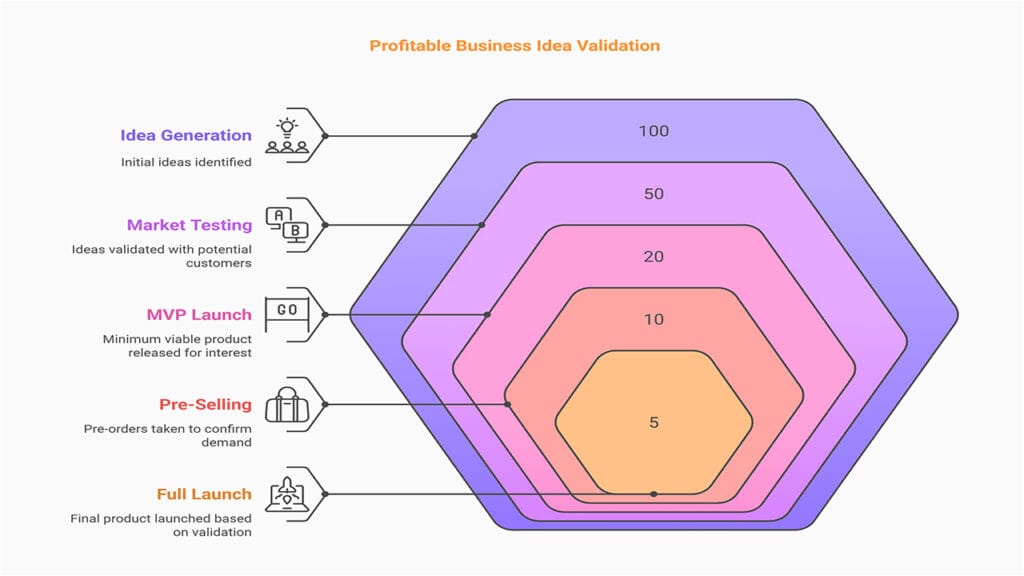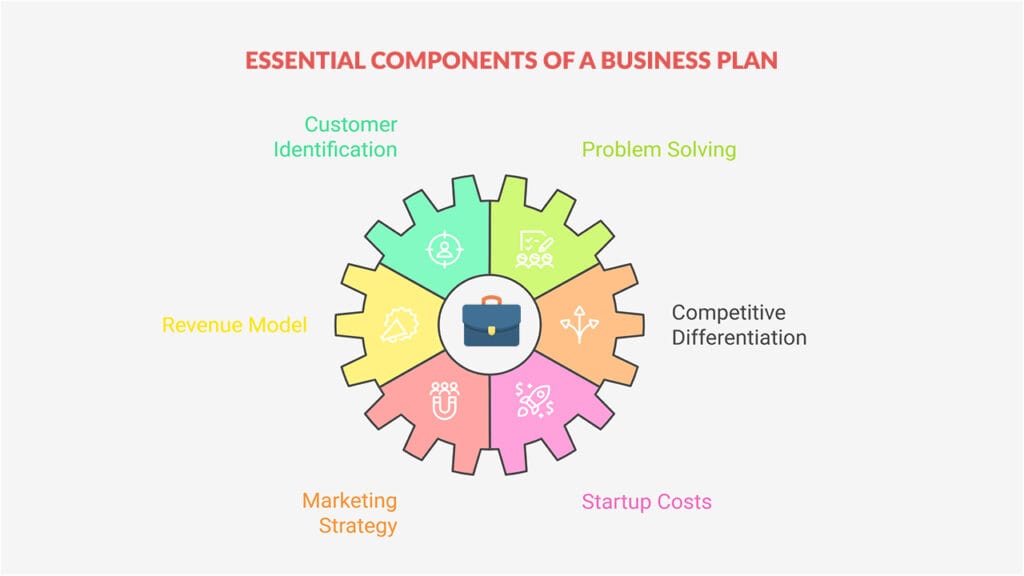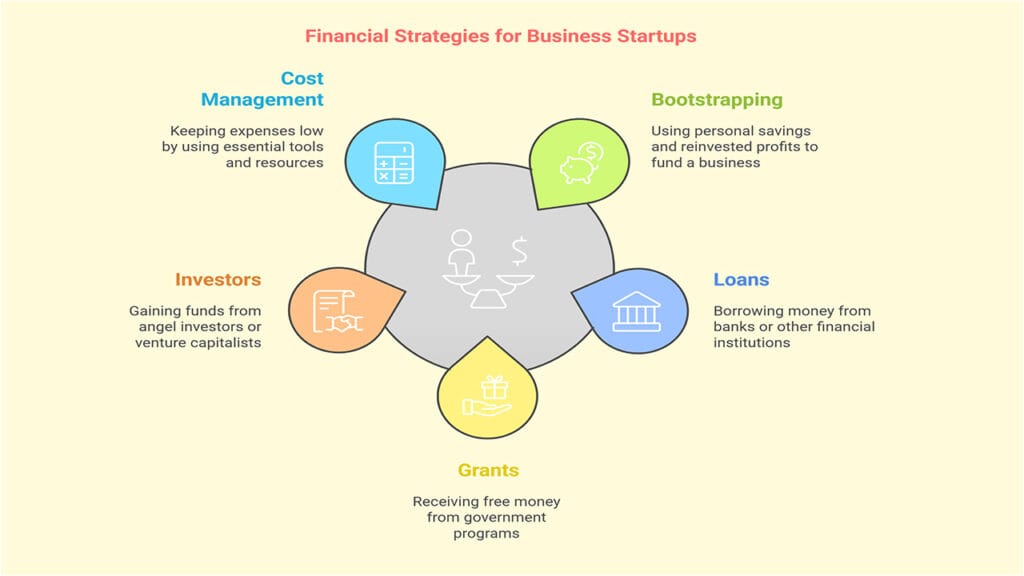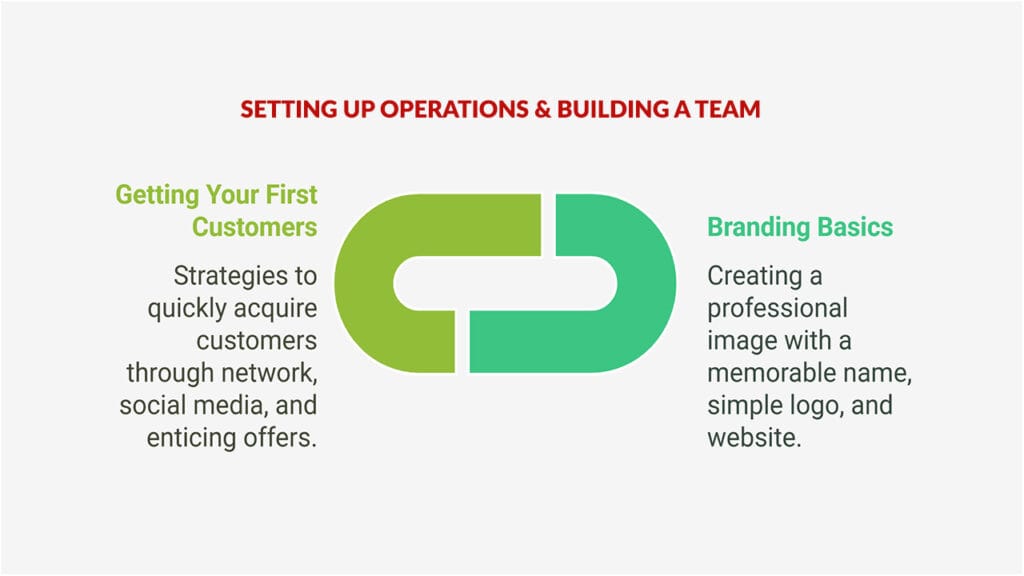Starting a business is exciting, but let’s be honest, it’s also overwhelming. You have a great idea, but what comes next? How do you turn that idea into something real, something profitable? Most new businesses fail because they skip steps, rush into things, or get stuck overthinking every detail. But here’s the truth: success follows a process. Understanding the stages of starting a business can help you avoid the biggest pitfalls.
This guide breaks it down into seven simple stages. Just clear steps to take you from idea to launch to growth. Ready? Let’s dive in.
1. Ideation: Finding and Validating a Winning Business Idea
Every successful business starts with a simple question: What problem can I solve that people will pay for? If you can answer that, you have a business. If not, you just have an idea and ideas alone don’t make money.

Many entrepreneurs skip validation and assume their idea is great because they like it. That’s a costly mistake. Before you invest time or money, let’s break down how to find, test, and prove your idea.
How to Find a Profitable Business Idea
The best business ideas come from problems that need solving.
Ways to Spot a Strong Business Idea
- Look at everyday frustrations: What do people complain about? What’s inefficient? For Example: Uber made rides cheaper and more accessible than taxis.
- Follow market trends: What industries are growing? What’s changing? For Example. The rise of remote work created demand for home office products and virtual collaboration tools.
- Leverage your skills: What are you great at that others struggle with? For Example. A fitness expert could offer online coaching or meal planning services.
- Study competitors: If others are making money in your space, that’s a good sign there’s demand. Find gaps: What do competitors lack that customers want?
Testing Before You Invest Money
Assumptions don’t pay the bills, proof does. Instead of diving in blindly, test demand first.
How to Validate Your Idea Fast
- Ask real people, not just friends: Would they pay for it? How much? For Example. A handmade candle maker could ask, “Would you buy this? At what price?”
- Launch a basic version (MVP Minimum Viable Product): Create a bare minimum product or service to test interest. Example: A course creator could start with a free webinar to gauge demand.
- Set up a landing page: Explain your product and add a “Join the Waitlist” or “Pre-Order Now” button. If people sign up, demand exists. If not, rethink the idea.
- Pre-sell before building: Offer early-bird pricing or pre-orders. For example, many authors sell books before they’re written to confirm demand.
- Run a small paid ad test: Spend $50–$100 on ads to see if people show interest. No clicks? The idea might need adjusting.
Love the problem, not just your idea. If people don’t buy, tweak the offer or pivot to something better.
2. Creating a Simple, Smart Business Plan
You don’t need a 50-page document. A one-page plan is enough to get started and stay focused. It should answer:

- Who is your customer? (Be specific”busy moms” is better than “everyone.”)
- What problem do you solve?
- How will you make money? (Selling products, services, subscriptions?)
- What makes you different from competitors?
- How will people find you? (Social media, ads, word-of-mouth?)
- How much will it cost to start?
If you’re looking for investors or loans, you’ll need a more detailed version that includes financial projections and growth strategies. But if you’re bootstrapping, a simple roadmap works just fine.
3. Making Your Business Official
Now it’s time to turn your idea into a real business by taking care of the legal side. It’s not the most exciting part, but skipping it can cause big problems later.

Choosing a Business Structure
Your structure affects taxes, liability, and paperwork:
- Sole Proprietorship: Easiest, but you’re personally liable.
- LLC (Limited Liability Company): Protects your assets and is simple to set up.
- Corporation: Best for big businesses or investors but has more paperwork.
Registering Your Business & Getting Licenses
- Pick a business name (and check if it’s available).
- Get an EIN (Employer Identification Number) for taxes.
- Apply for licenses and permits based on your industry.
Skipping these steps can lead to fines, lawsuits, or even getting shut down take an hour and get it done.
4. Finding the Money to Get Started

Businesses need money, but that doesn’t mean you need a fortune to get started.
Funding Options
- Bootstrapping: Use personal savings and reinvest profits.
- Loans: Banks, SBA (Small Business Administration) loans, or microloans.
- Grants: Free money! Check local and federal programs.
- Investors: Angel investors or venture capital (best for high-growth startups).
Keeping Costs Low
- Start with the essentials don’t waste money on fancy office space or expensive software.
- Use free or low-cost tools for marketing and operations.
- If possible, test your idea while keeping your day job to avoid financial stress.
Smart tip: If you can’t figure out how to make money before spending money, it’s time to rethink your idea.
5. Branding & Getting Your First Customers
If you want people to take your business seriously, it needs to look professional even if it’s just you in your home office.
Branding Basics
- Business name: Easy to remember and spell.
- Logo & colors: Keep it simple. Use free tools like Canva if you’re on a budget.
- Website: A must-have, even if it’s just one page with your contact info.
Getting Your First Customers
Most businesses fail because they don’t get customers fast enough. Here’s how to fix that:
- Tell your network. Friends, family, and social media connections can be your first buyers or referrers.
- Use social media wisely. Pick one or two platforms where your audience hangs out.
- Offer something irresistible. Discounts, free trials, or exclusive deals to get early customers in the door.
6. Setting Up Operations & Building a Team
If your business starts growing, you can’t do everything alone forever. The key is knowing when to hire and when to use smart tools instead.

Making Operations Smooth
- Use free tools like Trello for organization, QuickBooks for finances, and Canva for marketing.
- Automate repetitive tasks so you can focus on growth.
Hiring the Right People
- Start with freelancers for things like marketing or design.
- Hire employees only when it makes financial sense.
- Find people who believe in your business, not just those looking for a paycheck.
7. Launching & Growing Your Business
Now it’s time to go live! But launching isn’t just about opening the doors it’s about making sure people show up.

Creating a Buzz Before Launch
- Announce it on social media. Build excitement early.
- Collect emails so you have a direct line to interested customers.
- Partner with influencers or local businesses for exposure.
Scaling Up Without Losing Control
Once you have steady customers, focus on growth strategies:
- Raise your prices as demand increases.
- Expand your offerings to keep customers coming back.
- Use data to refine your strategy. What’s working? Do more of it. What’s not? Fix it or drop it.
Final Thoughts
Starting a business isn’t just about having a great idea it’s about taking the right steps, making smart decisions, and staying adaptable. The most successful entrepreneurs aren’t the ones who avoid mistakes; they’re the ones who keep moving, learning, and improving.
That’s where we come in. Our business coaching helps you navigate these stages with confidence, giving you the tools, strategies, and support you need to turn your vision into a thriving business. Whether you’re refining your idea, launching your first product, or scaling up, you don’t have to do it alone.
Your future business is waiting. Let’s build it together.





